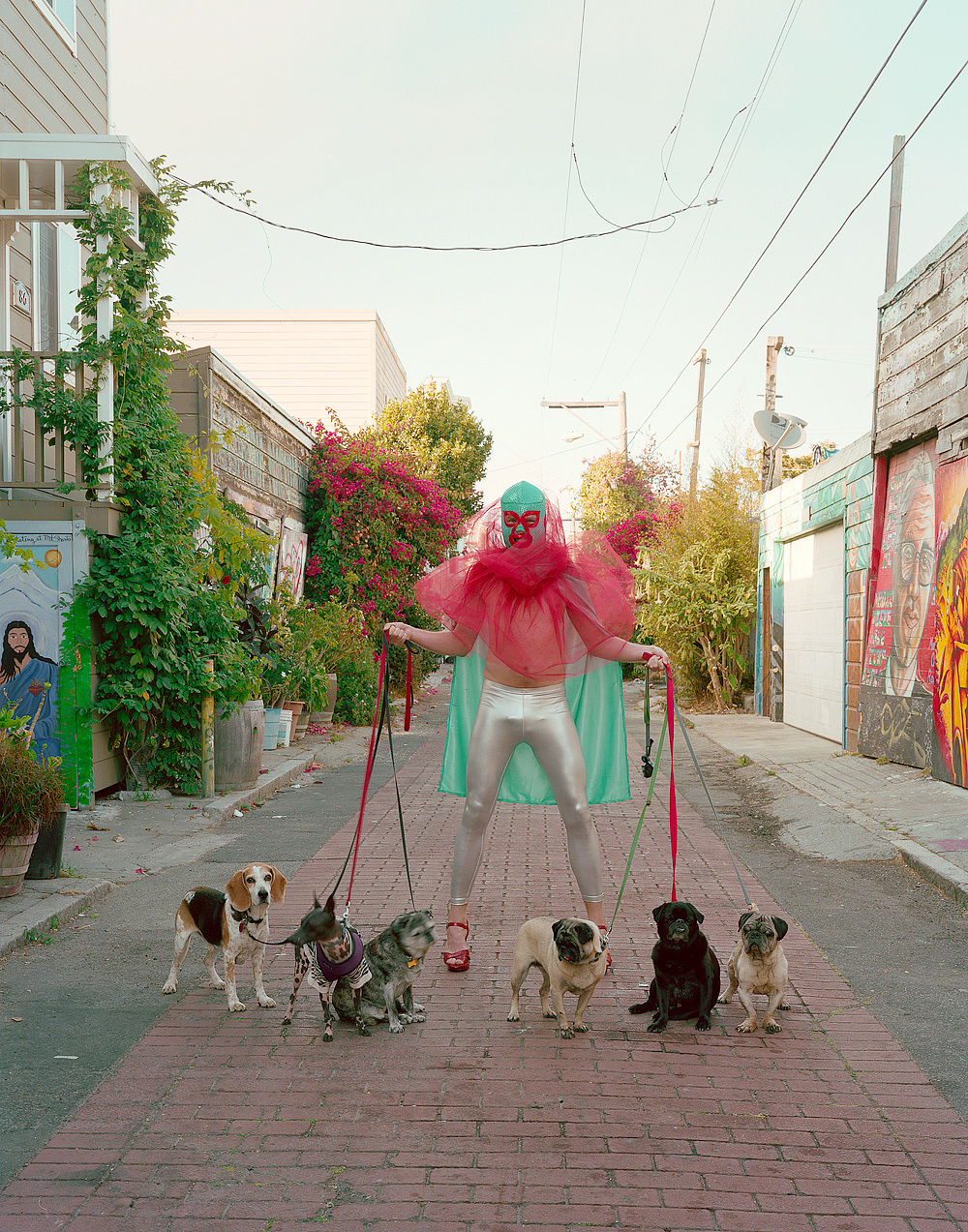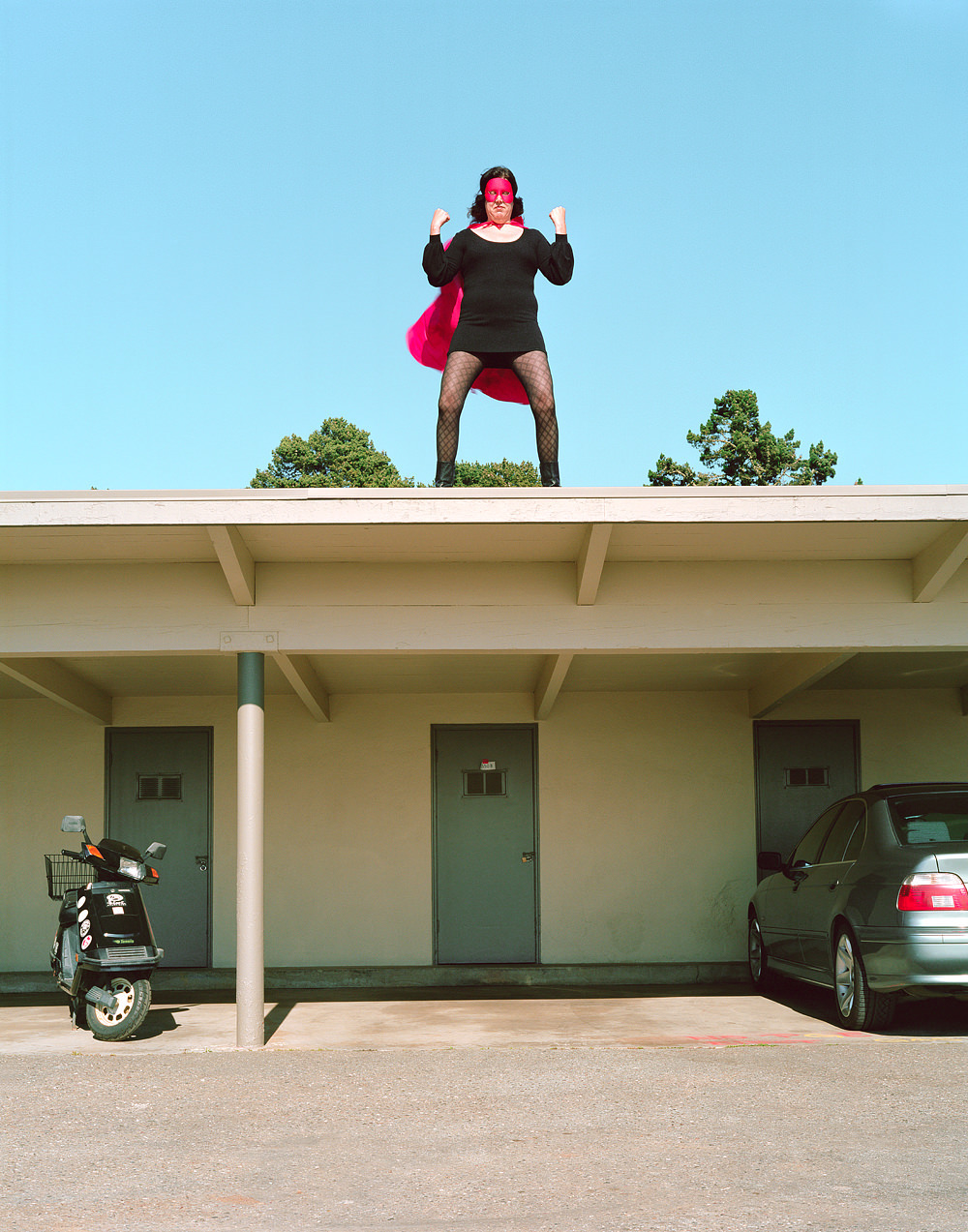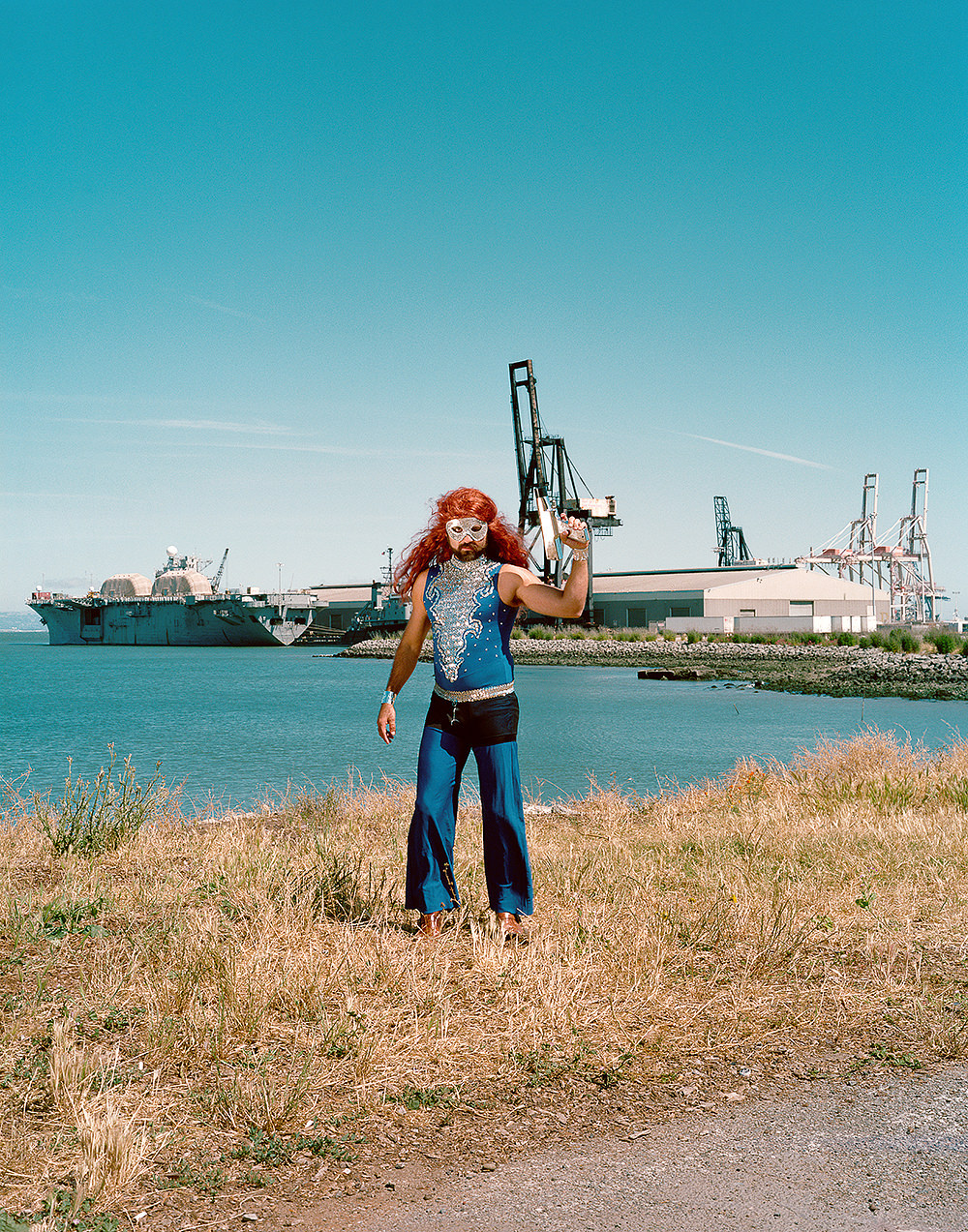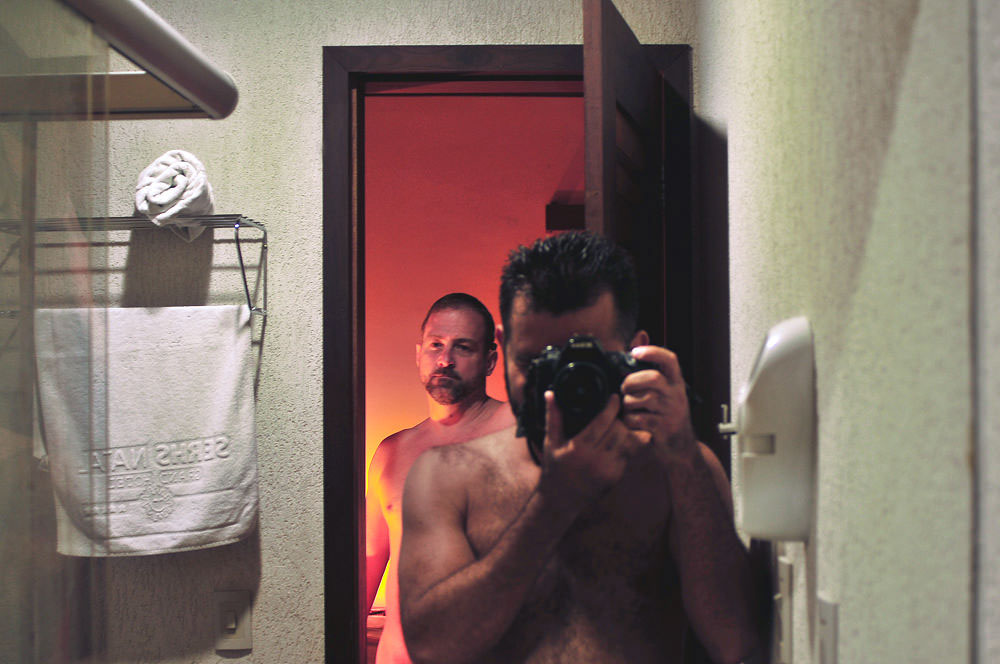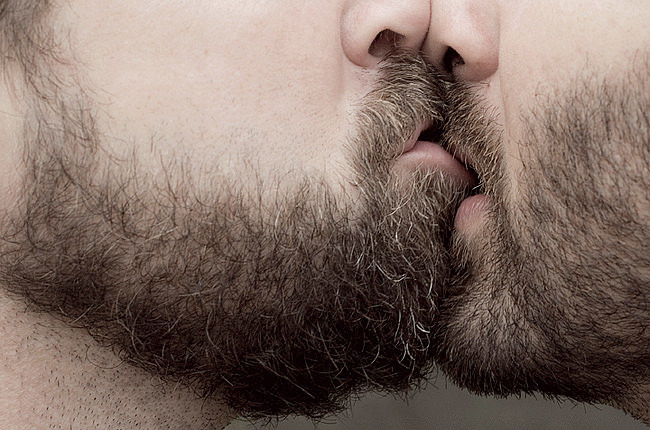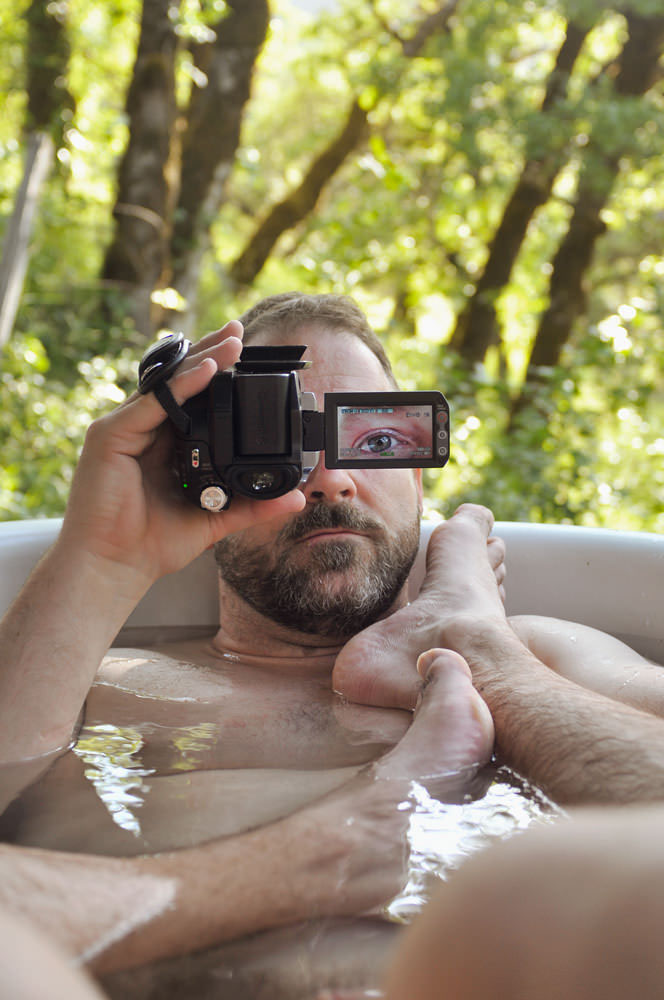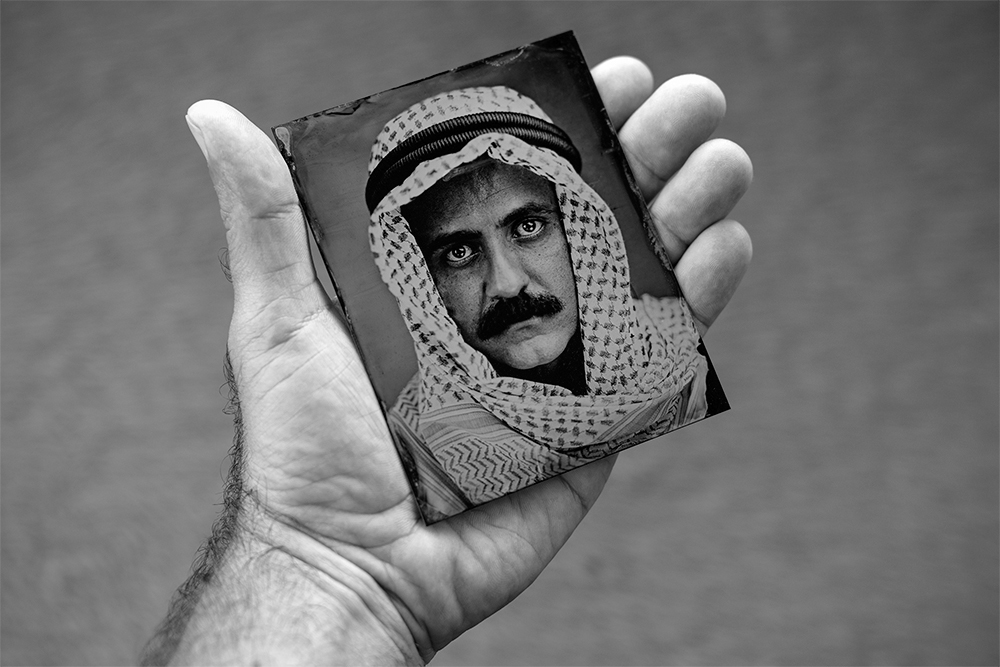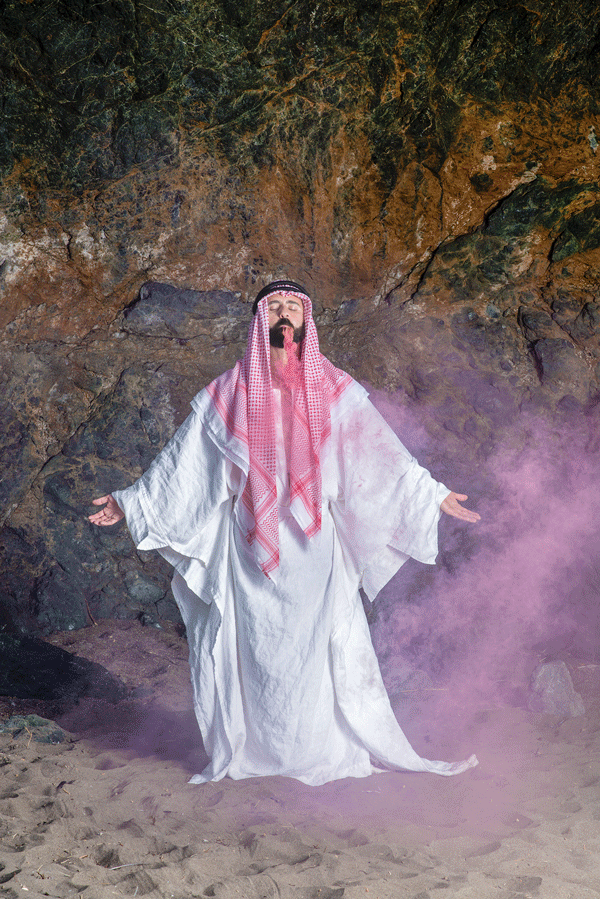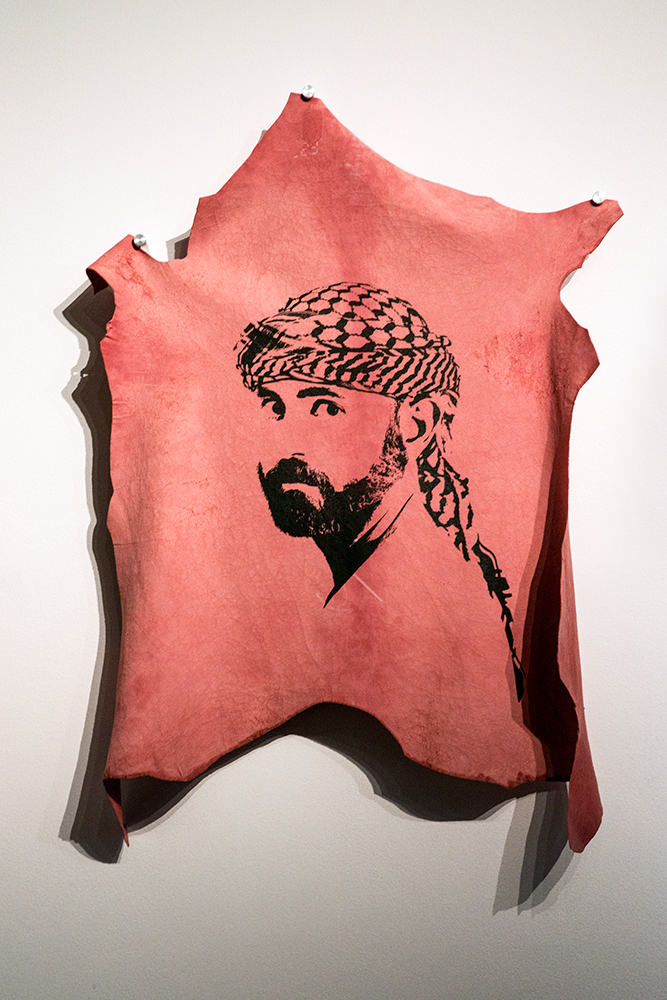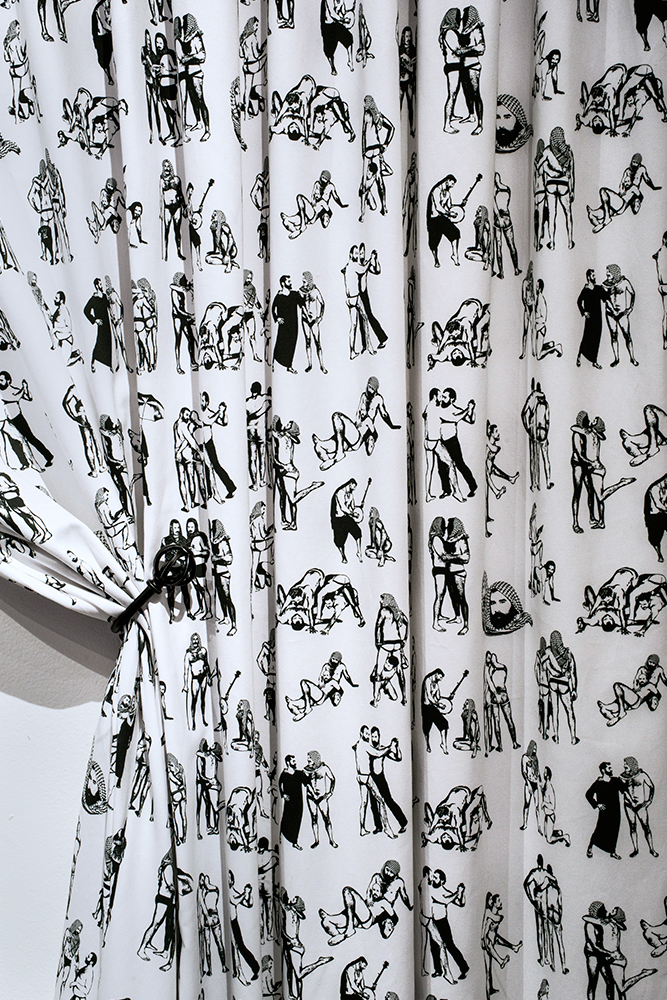Q&A: Jamil Hellu
By Rafael Soldi | September 15, 2016
Born in Brazil, Jamil Hellu is a visual artist based in San Francisco. He works primarily with photography, video, and installations. His work revolves around representations of identity, particularly engaged in exploring interpretations of queer sexuality.
Hellu holds a Masters in Fine Arts in Art Practice from Stanford University and a Bachelors of Fine Arts in Photography from the San Francisco Art Institute. He was awarded the 2015-2016 Kala Art Institute Fellowship in Berkeley and was selected for the Artist-in-Residence Program at Recology San Francisco in 2014, joining since then Recology’s selection committee as an advisory board member. Hellu received the Graduate Fellowship Award at Headlands Center for the Arts for 2010–2011. He was also granted a six-month residency at the Cité Internationale des Arts in Paris in 2008.
Hellu teaches photography in the Department of Art & Art History at Stanford University.
He has taught at the San Francisco Art Institute, Diablo Valley College, and in the Department of Art Practice at University of California, Berkeley. jamilhellu.net
Rafael Soldi: Tell us a bit about yourself and what led you to become a photographer. So much of your work explores your—cultural, sexual, social—identity; do you think your desire to unpack and understand yourself had any impact in your choice of becoming an artist?
Jamil Hellu: My interest in representations of identity stems directly from my early years, being from a family of immigrants. I was born and raised in Brazil, my father is Syrian and my mother is Paraguayan.
I came to photography through cinema. I was exposed during my teens to the history of cinema and grew aware of the importance of filmmaking as a political form through storytelling and personal narratives. The history of the world is made of people’s stories. My path to becoming an artist is related to an intrinsic desire to express my personal story, aware that my experiences are connected to a social context larger than my own.
RS: Lets talk about Darrin, your husband, whom you have been photographing for a long time. Of all the projects you've completed exploring your sexual identity, Darrin is perhaps the most comprehensive. He also appears in many of the other projects, which makes me think the he has played an important role in the exploration of your identity. Tell me about your relationship with Darrin as a subject and why it is important for you to photograph him. Are you done photographing him?
JH: I started to photograph Darrin as an expression of my love for him. As a photographer, it has always felt very natural to me to photograph him. He is an artist as well and understands my work. There is so much trust involved in our relationship, and the way I photograph him has so much to do with that trust. Throughout art history, artists have depicted their loved ones as muses and as an invaluable source of inspiration. Darrin is like a male muse to me.
Growing up, I was never really exposed to examples of representations of gay men outside of the stereotypes so prevalent in depictions of homosexuality. For me, the objectification of the idealized male body created problematic obstructions to personal identification and empathy. One of the most critical problems with the social acceptance of homosexuality has to do with how it is perceived and represented culturally, which is often depicted without a sense of real intimacy. It is important for me to continue photographing Darrin as a way to demystify relationships such as mine, especially considering that in so many parts of the world we could be killed for being together.
© Jamil Hellu, from Darrin
RS: While most of your earlier work is rooted in the traditions of photography, you have very quickly moved into utilizing tools like video installation, and mixed media. Your most recent installation includes screen-printed lamb hides, video, and lenticular prints. What does working in all these mediums allow you that straight photography couldn’t?
JH: Essentially, I want my practice to be as experimental as possible. The very idea of photography has changed so much. As much as I welcome its technological advances, I am curious about finding ways to utilize other mediums in my work. I have held three solos exhibitions in the last six months, integrating a broad range of technical approaches under a cohesive conceptual framework. It is important for me to pursue projects that can connect with people in varied ways. I like learning new tools and am open in incorporating different techniques to diversify my practice. It keeps me inspired and creatively stimulated.
That said, I am still very inspired by the history of photography and think often about the evolution of the photographic medium in relation to other disciplines. I tend to use photography as a starting point to new ideas.
RS: Much of your work features costume and performance, it also often contains a little humor. This is particularly present in The Guardians of the Golden Gate. What draws you to performance in your work?
JH: I joined an experimental local theater group when I was about fourteen years old, becoming aware of the effect of allegorical narratives through performance. The idea of creating fictional characters is fascinating to me. Through costumes, social roles can be easily reversed, allowing me to creatively generate contrasting metaphors about the politics of cultural identities and the fluidity of sexuality.
The humor found in my work is a natural extension of my personality, which is, at often times, quite playful and social.
© Jamil Hellu, from The Guardians of the Golden Gate
RS: You were born and raised in Brazil, of Syrian descent. One of your most recent exhibitions, Present Tense, explores your relationship to this part of the world within the context of your sexual and cultural identity. Can you tell us more about this, and what strategies / visual tools you use in the exhibition to address you subject?
JH: My father’s family is from Syria, originally from a town called Mashta al-Helu, from which I bear my last name. Looking for ways to voice my despair over homophobia and violence in the Middle East, I started to produce works claiming my own Arab roots. My latest projects explore my identity as a gay man in relation to my Syrian heritage and Arab ethnicity.
For the last year or so, I have been exploring with a range of distinct visual approaches to execute my ideas, integrating different materials to the contextualization of the work. My goal was to reflect the multiple ways in which we can understand the implications of cultural lineage. For instance, I have been investigating the frictions that emerge through the dichotomy of being Arab and gay via lenticular prints.
I also wanted to address the level of barbaric violence towards homosexuality in historic terms. I’ve created a series of screen-prints on lambskin, displaying the many ways in which Arab men wear the traditional Middle Eastern headdress, since there are so many variations of styles according to distinct nationalities. The work represents for me the many different types of gay men within Arab cultures, and the violence often associated to these cultures in relation to homophobia.
In one of my video installations, “Once Upon a Time,” the viewer is invited to look into a brass peephole in walnut box atop a waist-level pedestal to see me dressed in leather gear and holding a rainbow-striped pride flag while horseback riding in circles. The image shifts from black-and-white to color, forward and backwards, embodying historic advances and setbacks of the civil rights of LGBT people.
RS: What next for you?
JH: I currently have a solo show at the Thacher Gallery in the University of San Francisco through October 23rd. Starting this fall, I am joining the Department of Art & Art History at Stanford University as a fulltime lecturer in photography. I am very excited for the incoming year to be in studio to continuing producing more work.
© Jamil Hellu, from Darrin
© Jamil Hellu, recent work from Present Tense
© Jamil Hellu, Installation: Be My Guest


